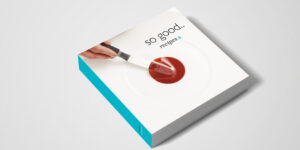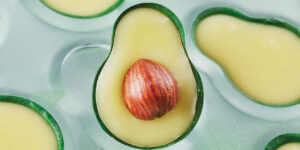Categories Pastry Chef Articles
Eleven ways to break the mold in ice cream
Books For Chefs Catalogue Dej Kewkacha ice cream Jesús Escalera
Author:
Luis Concepción
TAGS #
Books For Chefs Catalogue Dej Kewkacha ice cream Jesús Escalera
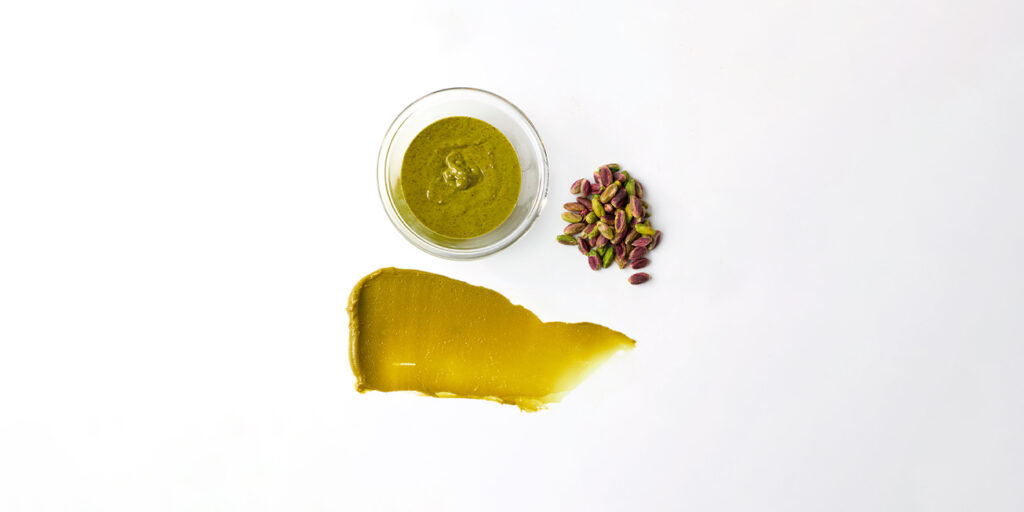
Few professions have been as closely linked to tradition as ice cream making. The slow development of a language and a methodology to master something as complex as the coldness of ice cream and its balance, and the absence of organized and available professional knowledge, have hampered the progress of this activity. These are causes that have left little room to lay the foundations of the profession, which are also reduced to their minimum expression. The horizon of everything unknown was too wide to dare to cross the iron borders of tradition, of the foundations of the profession. The lack of training, fear, prejudices, false security, and the comfort of easy solutions, loyalty to family recipes, or even an altered concept of craftsmanship tainted this unnatural relationship with tradition, this dependence. Anything that went beyond the limits of these bases caused vertigo and this lack of freedom to explore new paths was disguised as tradition and craftsmanship.
This is the starting point of so cool..magazine 2. An issue in which we propose contributions from professionals who start from respect, passion, and deep knowledge of the bases of the trade to invite us to explore, question ourselves, and overcome the limitations that have traditionally been imposed on the world of ice cream. Because daring to dream, to create and to innovate is as important as preserving tradition.
In this article, we show you eleven examples by the most outstanding professionals from this issue which will be distributed worldwide.
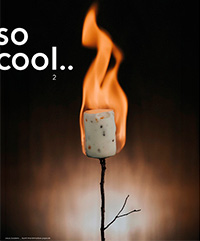
Discover so cool.. magazine 2
Alejandro De Miguel. Fermenting new ideas
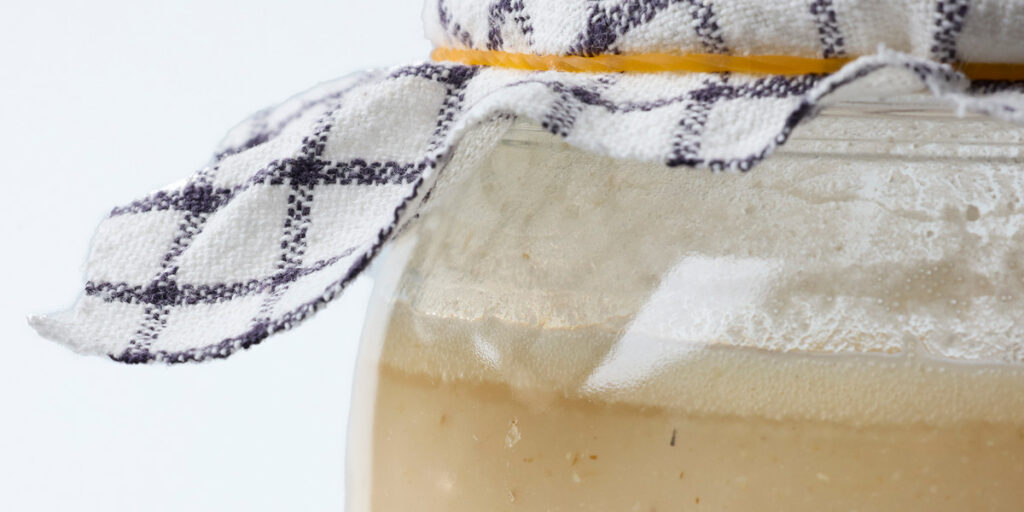
Alejandro De Miguel is the head of La Tramontana, an ice cream shop in Madrid that surprises with its commitment to ice creams and sorbets made from fermented drinks in its display case. Thanks to his mastery in this field, he has managed to put into play new forms of expression of traditional flavors through fermentation. And the most meritorious thing is that these are ancestral techniques that go against the dizzying pace of production of an ice cream shop and that demand a certain “tolerance” in the control of microorganisms considered pathogenic. Methods that require time and patience, as well as new parameters to preserve beneficial microorganisms that transform the ingredients into something new.
In his article, he presents two frozen desserts with different fermentations, from cocktail shrubs to the popular kombucha, from the consolidated yogurt to boza, the traditional cereal drink from Bulgaria. Fermentation is a new challenge that redefines the traditional limits of ice cream.
Paolo Brunelli. A magical flavor enhancer
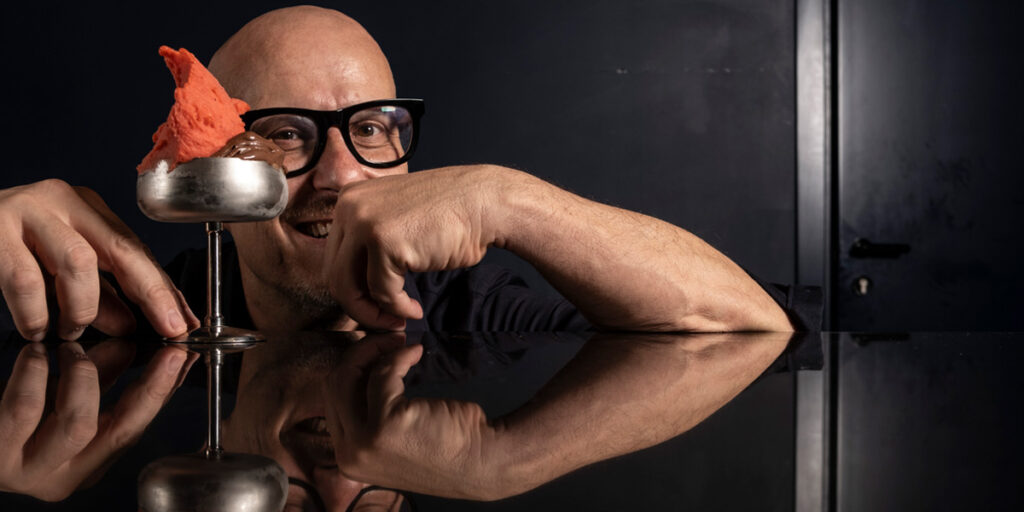
The magic of Italian gelato continues with one of its greatest exponents, Paolo Brunelli.
From Senigalia, this master ice cream maker demonstrates boundless creativity by reusing waste products from his workshop to come up with a new, sustainable flavor enhancer of plant origin with a very versatile application. We say versatile because PAUSA. can be applied to an endless number of products, including those that are consumed at negative temperatures. Chocolate, rice, and ice cream are among its applications. A world first that Brunelli wanted to share with us in a must-read article.
Jesús Escalera. Ice creams in the bonfire

Recently, the pastry chef of Spanish origin and who has developed a good part of his career in Mexico, Jesús Escalera, launched Essence, an original book that highlights the potential of aromas in the world of ice cream and desserts.
In so cool 2, he surprises us again with a new disruptive proposal in ice cream: a hot ice cream. On this occasion, the company displays a trompe l’oeil consisting of a barbecued marshmallow, which is actually an ice cream formulated with methylcellulose to maintain its structure even when heated over a fire. When serving this popsicle, diners are invited to heat it over a mini-fire that is brought to the table. The creation is completed with a biscuit and chocolate topping, like stracciatella, and the marshmallow is inserted into a stick that is literally a dry branch (washed and toasted in an oven).
Juan Pablo Colubri. Breaking new moulds with chocolate
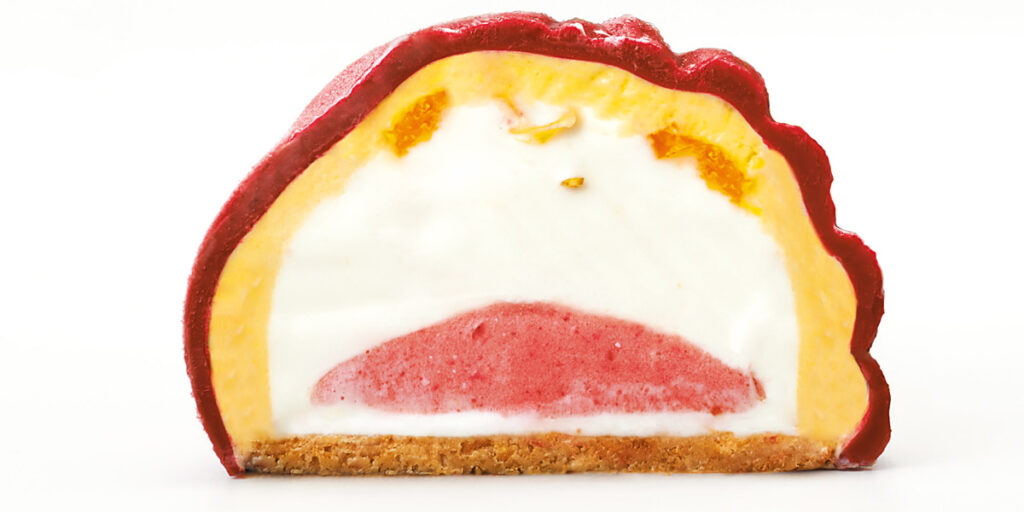
Through two creations such as the Cabosse ice cream cake and the 70% Brazil single-origin chocolate ice cream, the international ice cream and pastry consultant Juan Pablo Colubri shows us the importance of questioning the rules at certain times and exploring the established limits to achieve a better result in chocolate ice cream.
Thanks to his formulation proposal and techniques such as partial hydration used in the preparation of chocolate panettone, he manages to work with ice creams that contain a higher proportion of chocolate without unbalancing the recipe and takes them to their maximum expression. Additionally, he presents a chocolate ice cream with all the complexity of a product of origin, while introducing the intensity of color and flavor of cocoa without using it in the recipe.
Luis Luque. Towards a new vegan ice cream
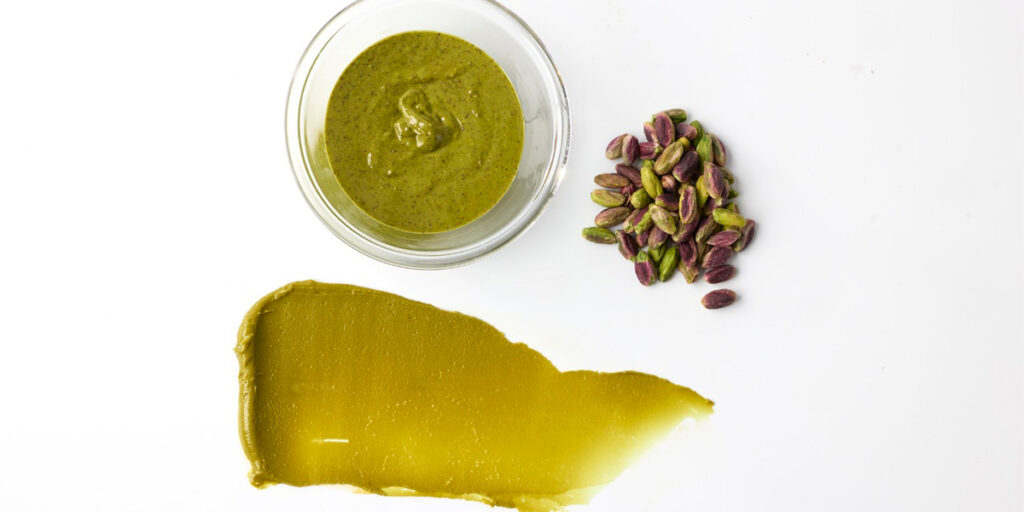
It is difficult to find someone who has taken vegan ice cream as far as Luis Luque.
Architect, chef, formulation specialist in the sweet world and, obviously, ice cream maker, he was awarded the 2023 Arte Heladero Award for the Best Final Project of the University Expert Course in Ice Cream, at the University of Alicante. His brilliant work demonstrated that a new fat profile can be created from different vegetables to elevate the tasting experience of an ice cream that lacks the technical advantages of cow’s milk to unimaginable levels. Luis Luque not only overcomes this limitation, but also opens a path in vegan formulation with the incorporation of a new parameter, saturated and unsaturated fats, a new way of controlling the melting in the mouth of ice cream and of understanding its texture and creaminess.
Stefan Ditzend. Top-selling rara avis sorbets?
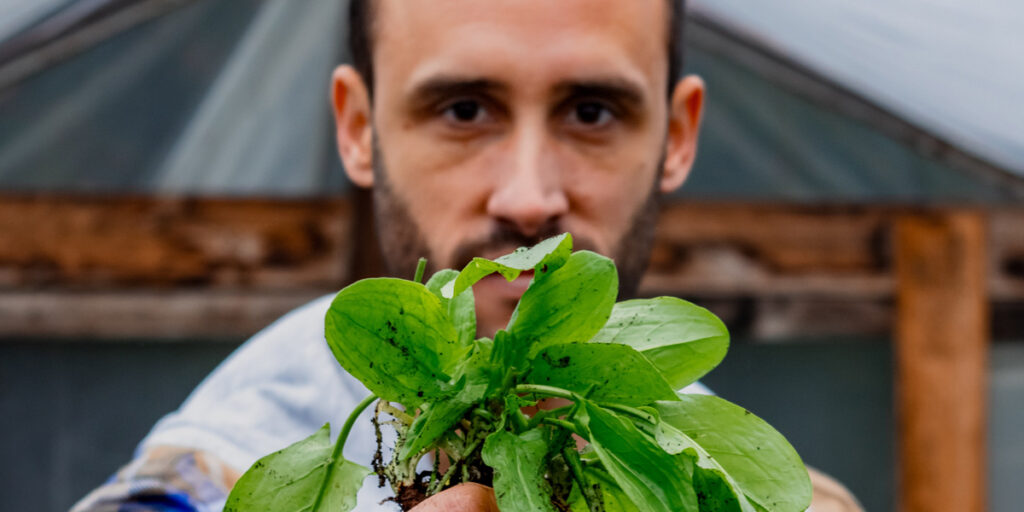
Stefan Ditzend is inspired by and takes advantage of the plants and fruits around his ice cream shop, Fauna, to create very particular ice creams, a different offer, and a genuine identity. The slogan for this establishment is “wild ice cream” because its starting point is to get the ingredient to express itself in the best way possible, regardless of the established rules. This is demonstrated by these three sorbets that are out of the norm and that, surprisingly, are the ones that have the greatest commercial output.
Xiao-Ly Koh. The most mischievous ice cream cakes
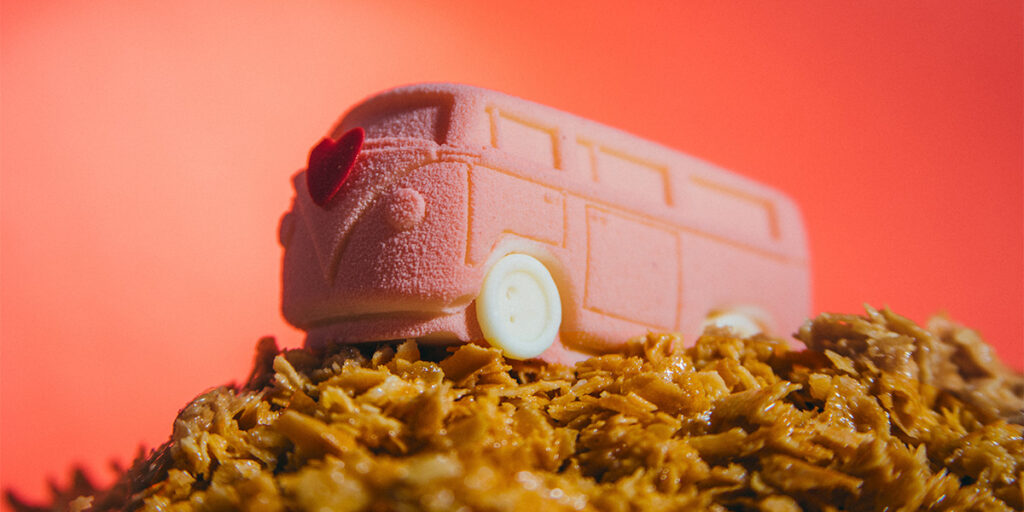
The Malaysian chef Xiao-Ly Koh has built an original narrative for the ice cream cakes at her Xiao by Crustz store (Jalan, Malaysia). In so cool, she shows that she has taken the storytelling of a product far beyond the usual, taking inspiration from Japanese mythological tradition and the work of the prestigious Ghibli animation studio in Tokyo.
From her admiration for Japanese visual culture comes the idea of creating fun and mischievous characters that give life and form to her ice cream cakes. The protagonist of this story is Tanuki, the mascot of their shops, a friendly raccoon who goes on adventures with his friend Roscoe, on board the Camper bus. These are just three of her eight types of ice cream cakes, which she offers along with other ice cream specialties.
Mercedes Román (Mecha). An unexpected twist to the wafer
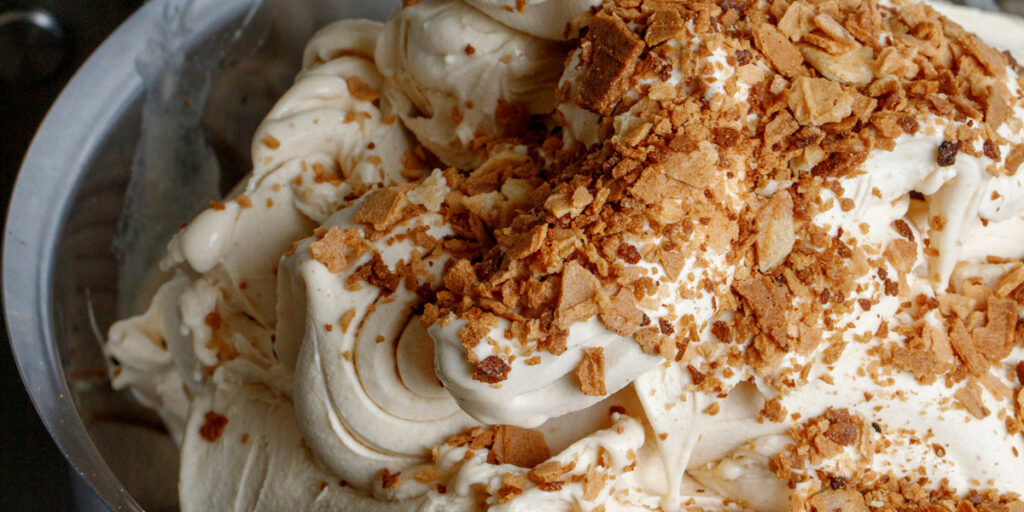
Mercedes (Mecha) Román‘s interdisciplinary training, drive, and restless spirit have allowed her to rediscover products as different as sorbets, frozen drinks and, now, the wafer. In her article, she turns the traditional concept of the wafer on its head to present her Rocas Obrador, as organic as they are suggestive.
Mecha is the leading voice of a unique ice cream shop in Buenos Aires, Obrador Florida, which reflects the creative and dreamy personality of its owner.
Yon Gallardo. The coldest yogurt
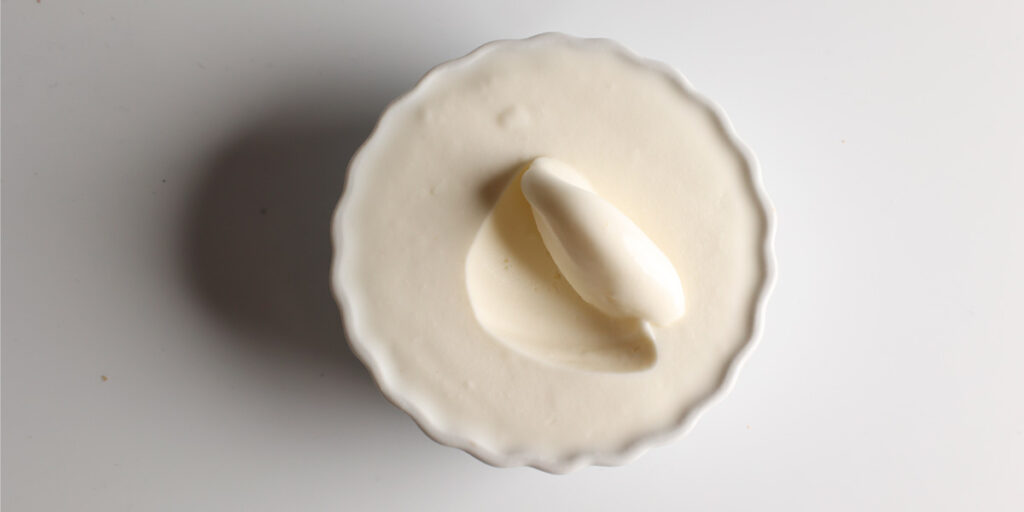
Yon Gallardo, who heads a well-known ice cream shop with the same name in Irún (Spain), has managed to carve out his own path, full of inspiration and technique thanks to a vision that always tries to connect ice cream with other fields.
In so cool, he shows us an ice cream with the purest possible yogurt flavor thanks to the transfer of the method of producing yogurt with lactic fermentation as the protagonist to ice cream. Gallardo makes his own primary yogurt based on the choice of strains, temperature, and fermentation times. A decision in which the whole mix is fermented to dilute and activate the sugars and the neutral. In this way he precisely defines the acidity, texture, and flavor of an ice cream in which everything is yogurt except for the sugars.
Dej Kewkacha. The most gastronomic version of kakigori
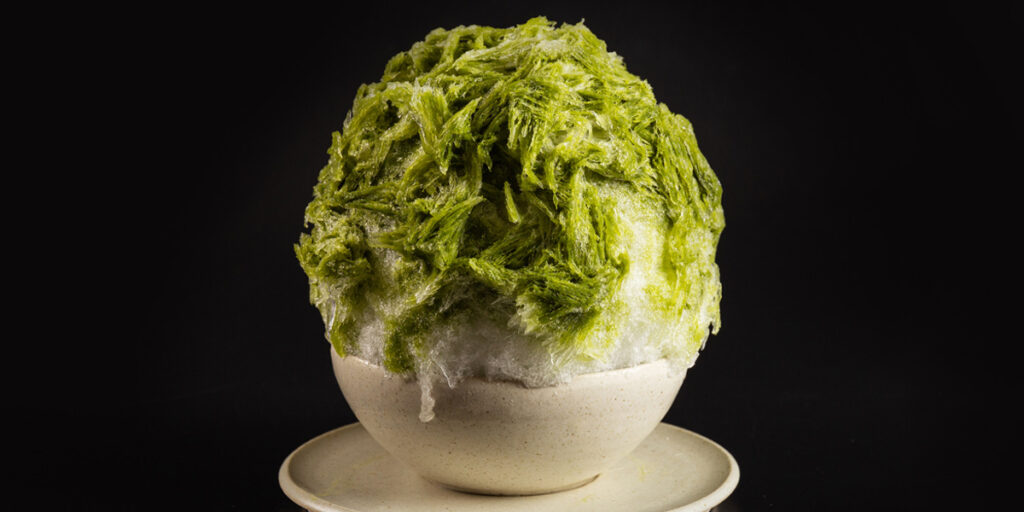
Can the popular kakigori become a refined and gastronomic creation within an ice cream shop that works like a Michelin star restaurant? From Bangkok, the Thai chef Dej Kewkacha presents kakigoris with the most gastronomic products, the most careful techniques and presentations. This pastry chef takes kakigori to the nth degree, breaking the conventions of such a popular Japanese product sold on the street.
Stéphane Augé. Ice creams suitable for diabetics
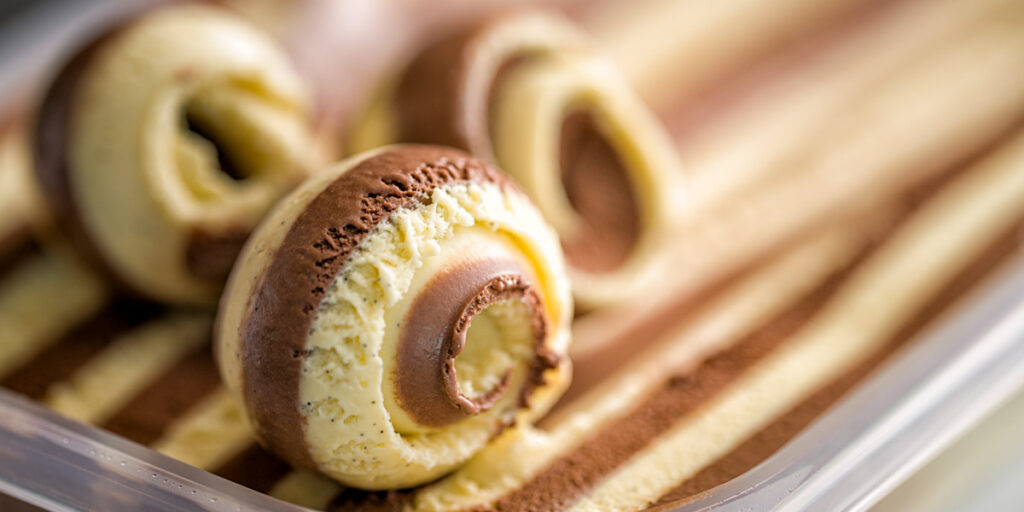
The MOF Glacier Stéphane Augé cannot deny that he has always been attracted by the possibility of exploring and experimenting with the frontiers of ice cream and ice cream making. And in so cool he amply demonstrates this in a highly valuable technical article in which he lays the foundations for working with sugars to make ice creams with a low glycemic index. He exemplifies all this technical work with two ice creams, vanilla and chocolate, which are suitable for diabetics.

